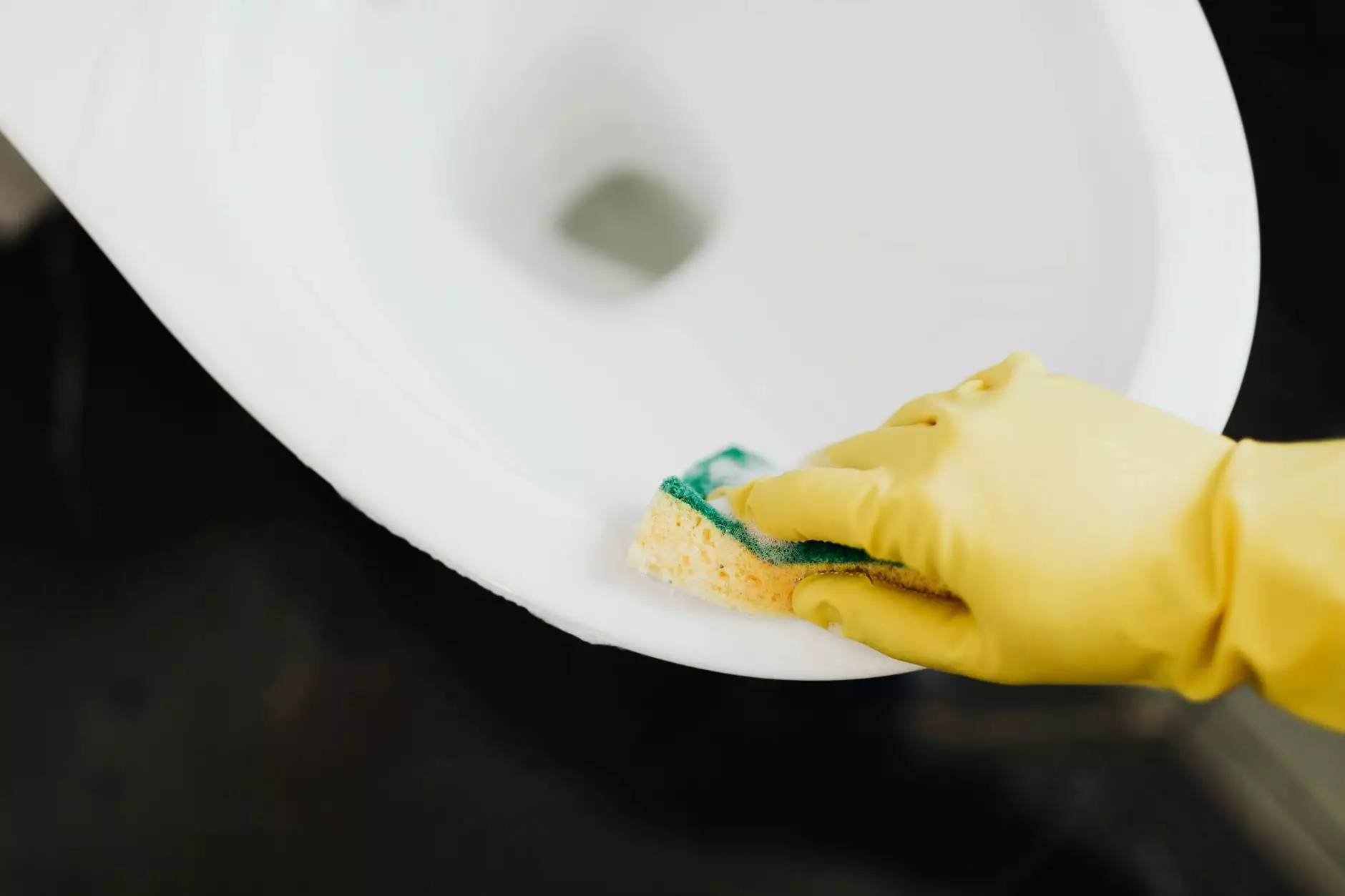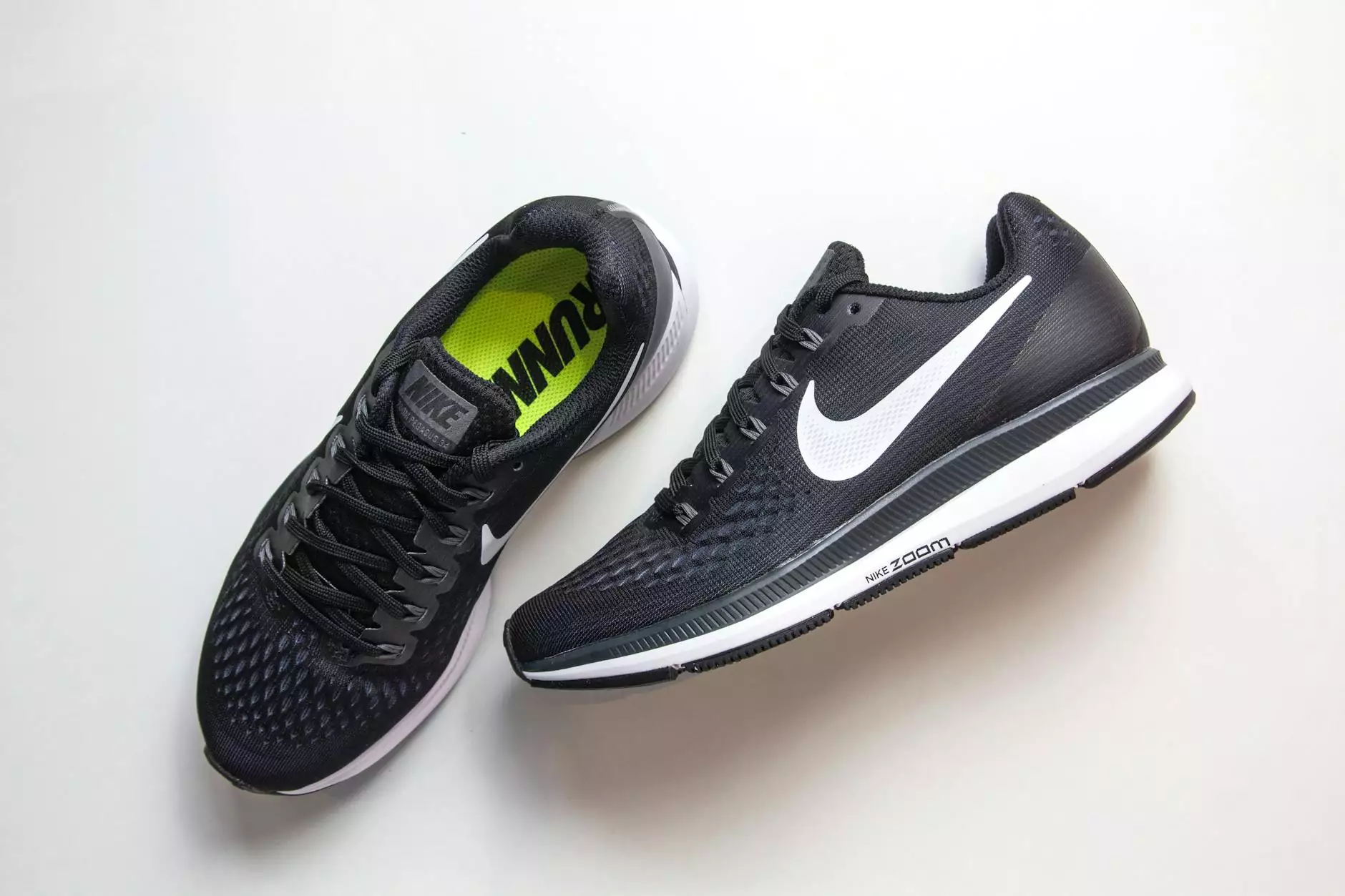The Importance of Instrument Disinfectant in the Health & Medical Field

In today's rapidly evolving health care environment, ensuring the safety and hygiene of medical instruments is more crucial than ever. With a growing emphasis on patient safety and infection control, the use of effective instrument disinfectants is paramount. This article delves deep into the significance, selection, and best practices concerning instrument disinfectants within the realm of medical supplies.
Understanding Instrument Disinfectants
Instrument disinfectants are specialized chemical agents formulated to eliminate infectious agents on medical instruments. They play a pivotal role in preventing the spread of nosocomial infections, which can originate from improperly sanitized equipment. It's vital for health care professionals to have a thorough understanding of these disinfectants to ensure that their tools are safe to use.
The Role of Disinfectants in Infection Control
- Prevention of Transmission: Disinfectants help in breaking the chain of infection by killing pathogens that can be transmitted through contaminated instruments.
- Regulatory Compliance: Proper disinfection practices are mandated by health authorities to ensure the safety of patients in medical facilities.
- Cost-Effectiveness: Investing in effective disinfectants reduces the risk of hospital-acquired infections, which can lead to costly treatments and extended hospital stays.
Types of Instrument Disinfectants
The array of instrument disinfectants available in the market is vast, reflecting the diverse needs of the medical field. Understanding the different types is crucial for effective application.
1. Alcohol-Based Disinfectants
Alcohol-based disinfectants typically contain either ethyl or isopropyl alcohol. They are effective against most bacteria and some viruses but have limitations against certain pathogens.
2. Chlorine Compounds
Sodium hypochlorite, commonly known as bleach, is a powerful disinfectant that effectively kills bacteria, fungi, and viruses. It must be used with caution due to its corrosive nature on metal instruments.
3. Quaternary Ammonium Compounds (Quats)
Quats are a non-corrosive, surface-active agent effective against a wide variety of microorganisms. They are commonly used for disinfecting soft surfaces and non-critical instruments.
4. Hydrogen Peroxide
Hydrogen peroxide is an eco-friendly disinfectant that decomposes into water and oxygen. It's effective against a broad spectrum of pathogens, making it an excellent choice for hospitals.
5. Peracetic Acid
This powerful disinfectant is effective against bacteria, viruses, and spores. It is often used in sterilization processes but must be handled with care due to its strong odor and corrosiveness.
Selecting the Right Instrument Disinfectant
Choosing the correct disinfectant for a specific application is fundamental to maintaining hygiene. Here are factors to consider:
- Type of Instrument: Consider whether the instruments are critical, semi-critical, or non-critical based on their use and risk of infection.
- Pathogen Type: Identify the microorganisms likely to contaminate the instruments and select a disinfectant that effectively targets those pathogens.
- Material Compatibility: Always check if the disinfectant is compatible with the materials of the instruments to prevent damage.
- Environment of Use: Identify whether the disinfectant will be used in a clinical setting, laboratory, or home care and select accordingly.
- Regulatory Guidelines: Familiarize yourself with guidelines provided by health organizations to ensure compliance and safety.
Best Practices for Using Instrument Disinfectants
When it comes to disinfection, following best practices is essential to maximize efficacy. Here are practical tips:
1. Proper Preparation
Before applying any disinfectant, prepare the instruments by cleaning them to remove organic matter. This step is vital as soil can shield pathogens from the disinfectant.
2. Adhere to Manufacturer Instructions
Always follow the instructions provided by the disinfectant manufacturer, including recommended concentrations, contact times, and method of application.
3. Regular Monitoring and Testing
Implement routine checks to confirm the effectiveness of disinfection procedures. This can include testing disinfectant concentration and using indicators to verify efficacy.
4. Staff Training
Ensure that all staff members who handle medical instruments are trained in proper disinfection protocols to maintain consistency and efficacy across the board.
5. Record Keeping
Maintain records of disinfectant usage, monitoring results, and incidents of infection related to instrument use. This data is crucial for quality assurance and improvement.
The Future of Instrument Disinfection
As technology advances and new disinfectant agents are developed, the landscape of instrument disinfection is evolving. Here are some trends to watch:
- Innovative Formulations: The development of new disinfectant formulations that are faster-acting and more environmentally friendly.
- Automated Disinfection Systems: Incorporating automation in disinfection processes to minimize human error and enhance consistency.
- Integration with Digital Solutions: Utilizing digital tracking systems to monitor disinfectant application and ensure compliance with protocols.
- Sustainability Initiatives: Growth in eco-friendly disinfectants and processes that minimize environmental impact.
Conclusion
In conclusion, the appropriate use of instrument disinfectants is integral to maintaining a safe health care environment. By understanding the various types of disinfectants, implementing best practices, and staying abreast of innovations in the field, health professionals can significantly reduce the risk of infections and promote overall patient safety. For comprehensive medical supplies and information on the best practices for instrument disinfection, visit medalkan.com.









